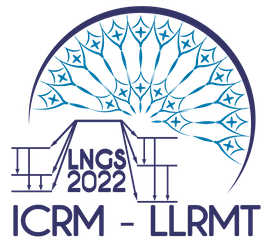Speaker
Description
Fusion flux dissolution is a powerful technique for the complete dissolution of solid inorganic materials. Different automated fusion devices such as Katanax (Katanax, Canada) or Claise LeNEO (Malvern Analytical, United Kingdom) have demonstrated their successful applicability for the complete dissolution of solid materials prior to analysis e.g. by ICP MS or alpha spectrometry.
In this study, 243Am, uranium, thorium and plutonium isotopes were investigated in different types of samples, such as soil/sediment, calcinated fucus and building materials (cement and expanded clay blocks) and using a Katanax K3 (Katanax, Canada). It is a well-known phenomenon that the uranium and thorium isotopes can be incorporated into refractory parts of these samples and that other dissolution techniques (e.g. by microwave) do not succeed in completely setting free these isotopes. In order to optimise the radiochemical separation following fusion, for a nuclide selective interference free analysis by alpha spectrometry, two different approaches are compared - direct pouring of the melted sample after fusion into the corresponding media and evaporation to half of the volume in order to be compatible with the radiochemical separation. The chemical recovery in both cases was evaluated and compared. The applied separation methods using the melt poured directly in the needed media for the separation were: (1) anion exchange together with UTEVA resin for Pu, U and Th isotopes and (2) sequential separation using TEVA-TRU resins of Pu, Th, U and 243Am.
In the building materials analysed, chemical recovery of thorium isotopes was very low when microwave digestion was applied. A substantial higher recovery was obtained when Li-based flux fusion was used. Repeatability of the results was also investigated and it will be discussed in this paper. Unbiased assay, in which the radionuclides of interest are completely dissolved from the matrix material, was especially important for these building materials as they will become a reference material for a proficiency test and a method validation study.

